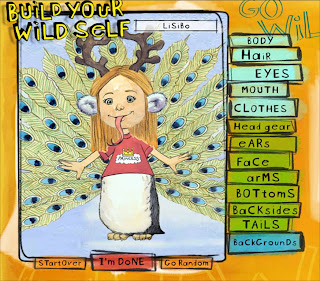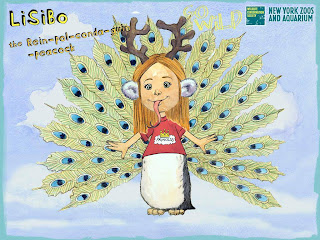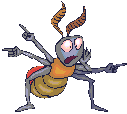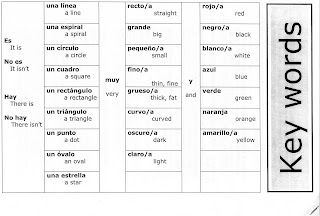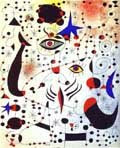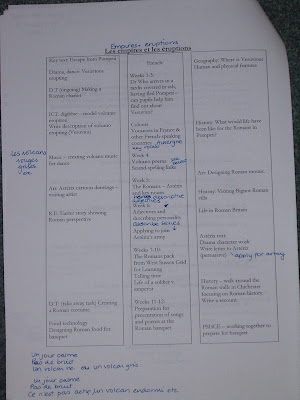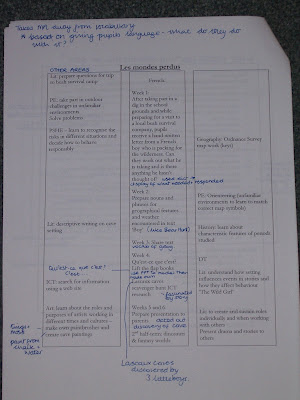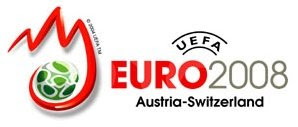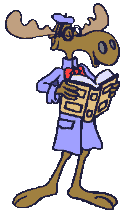
A couple of local news items about been brought to my attention by Google alerts, both related to young language learners.
The Mirfield Reporter covered the story of a Year 4 class at Battyeford Primary School who learned a song in French, La Meteo, that they performed in assembly. Not just for fun, but also in order to achieve Asset Languages level 1.
The class teacher mentions that they are the first class to achieve the award – how many other schools are already going for accreditation for their pupils? She also thanks the teacher at Castle Hall School for her help. Sounds like an example of cross KS links / liaison to me.
The second article, from the Liverpool Echo is headlined School girl wins award for language.
It reports that Elizabeth Foulkes, whilst a pupil at Grassendale’s St Austin’s Catholic primary school, achieved the highest score of all primary children tested in Spanish for Language Ladder Asset Languages exams. With Liverpool so hot on primary languages, it doesn’t surprise me that the girl comes from that area, especially as St Austin’s is a centre of excellence for Spanish, having a FLA and an advisory teacher working with them as well as a link school in Spain, parents encouraged to learn alongside their children and weekly language lessons for teachers. Shows that the effort is worth it!
Elizabeth has now moved on to high school and is quoted as saying –
“Learning it means now when I’m on holiday in Spain I can understand things, like menus – especially useful because I’m vegetarian!”
The children I teach love learning Spanish and one of their reasons for enjoying it is that they don’t have to do exams and aren’t labelled as ‘level 3s’. So there’s a tension for me between knowing that there is a need for some kind of assessment of progress but also not wanting to remove one USP of PLL. But here we have examples of pupils having fun and learning useful stuff for personal interest, and at the same time gaining recognition for their efforts. Mmmm.
What do you think? Should we be looking at formal ways to assess PLL like Asset, or is informal assessment sufficient?

